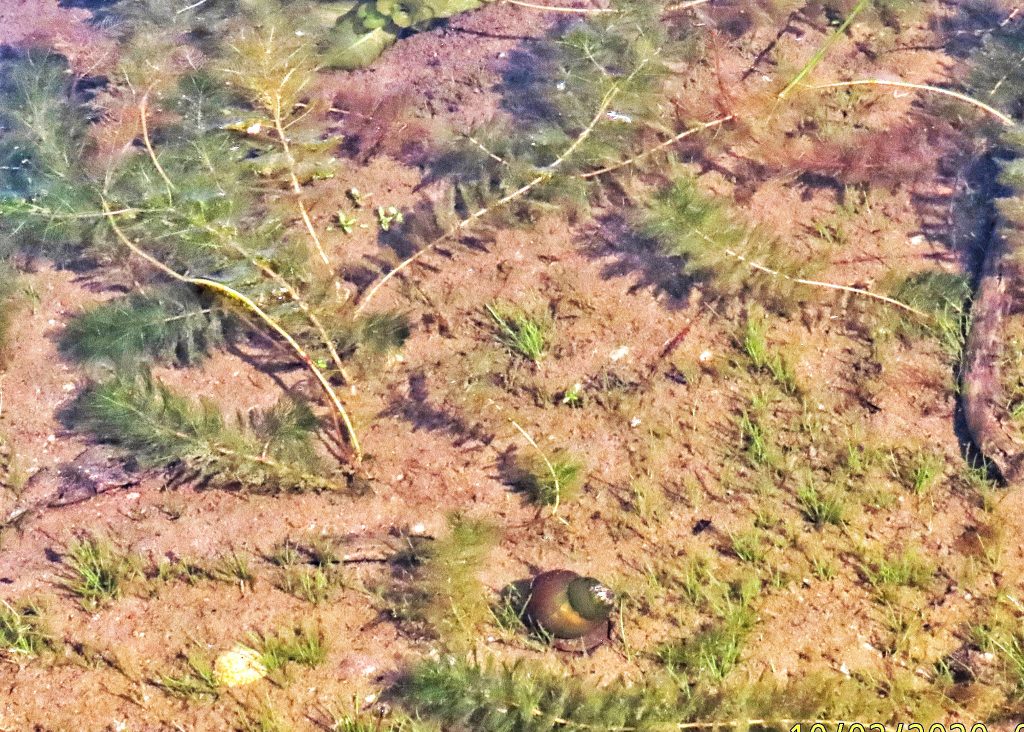
As the common name suggests Eurasian Watermilfoil is native to Europe and Asia, as well as North Africa. It is highly invasive, forming huge mats in appropriate habitat, and has now become naturalized in 57 countries world wide.
Myriophyllum spicatum is a popular aquarium plant (it’s sale is now illegal in many parts of the US and Canada, including Washington state), and was probably introduced into North America by people misguidedly dumping aquariums into ponds and waterways. It spreads by seeds and vegetative fragments, and is frequently transported to new locations on boats and trailers. It only took 7 years for it to spread 300 miles down the Columbia River after it was introduced into the Okanagan River.
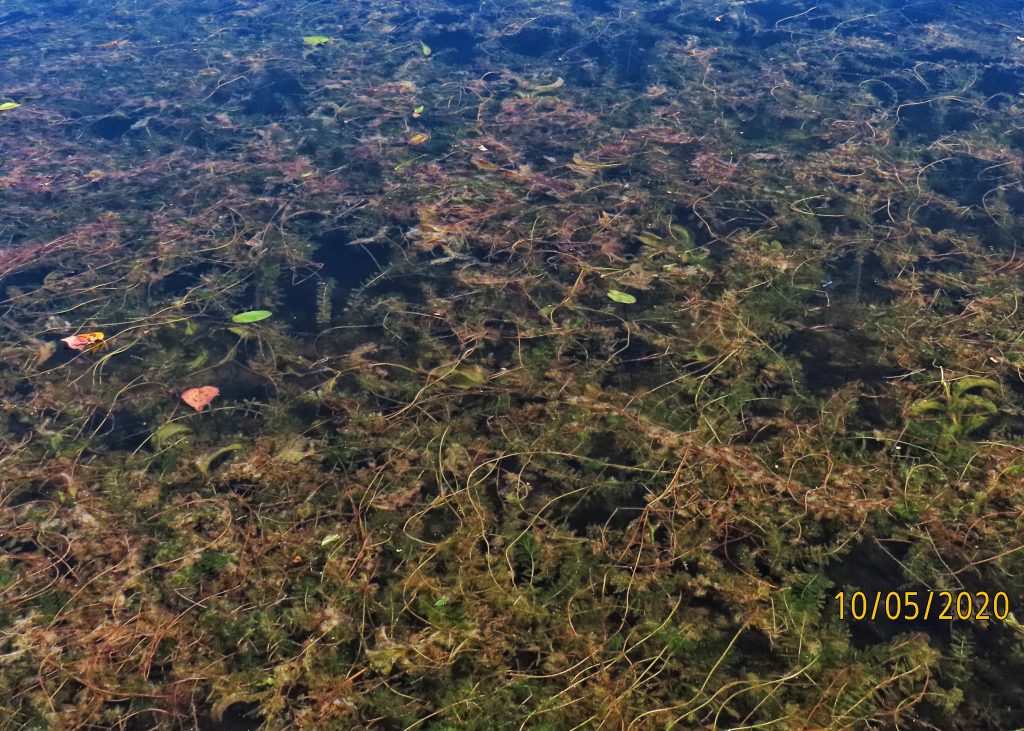
The problems this weed creates are manifold. It out competes native aquatic vegetation and takes over an area very rapidly. While it does provide cover for small fish and invertebrates it also chokes off the food supply for larger fish, and eliminates habitat for burrowing invertebrates. And it often creates hypoxic sections of the bottom by depriving oxygen producing plants of sunlight so they cannot complete photosynthesis. From a boating/shipping standpoint it clogs waterways and channels, preventing access and fouling props.
Eurasian Watermilfoil prefers clear cool freshwater less than 10’ deep, but it is highly tolerant of particulates, pollution, and salinity. It requires at least 60* water for seed germination or for vegetative fragments to root.
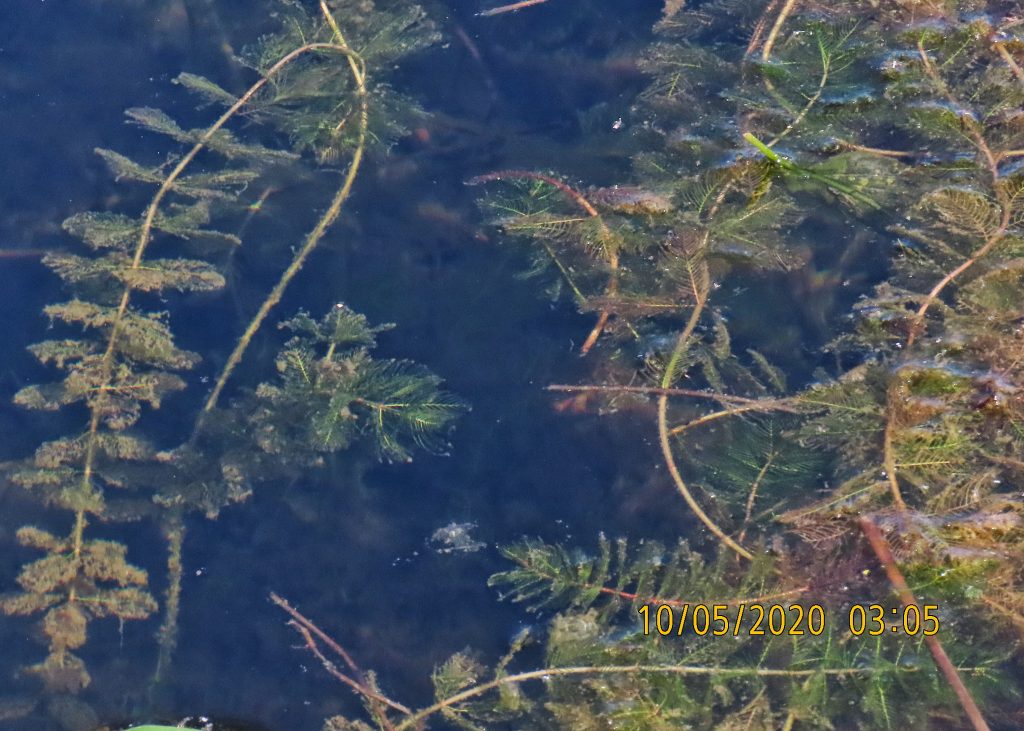
Sterile triploid Grass Carp (Ctenopharyngodon idella) have been introduced as a biocontrol measure, but they apparently prefer native aquatic plants (including native Myriophyllum spp.) to the M. spicatum, and they don’t attack the invasive until they have eaten everything else. There is hope that the weevil Euhrychiopsis lecontei, which is native to northeastern and central North America, and the aquatic crambid moth Acentria ephemerella , which is native to Europe (and has a large proportion of wingless females that dive below the surface to lay eggs), will eventually prove useful as a biocontrol. Effective biocontrol would be preferable to pesticides from an ecological standpoint, and mechanical or hand harvesting of this species is expensive, time consuming, and must be frequently repeated.
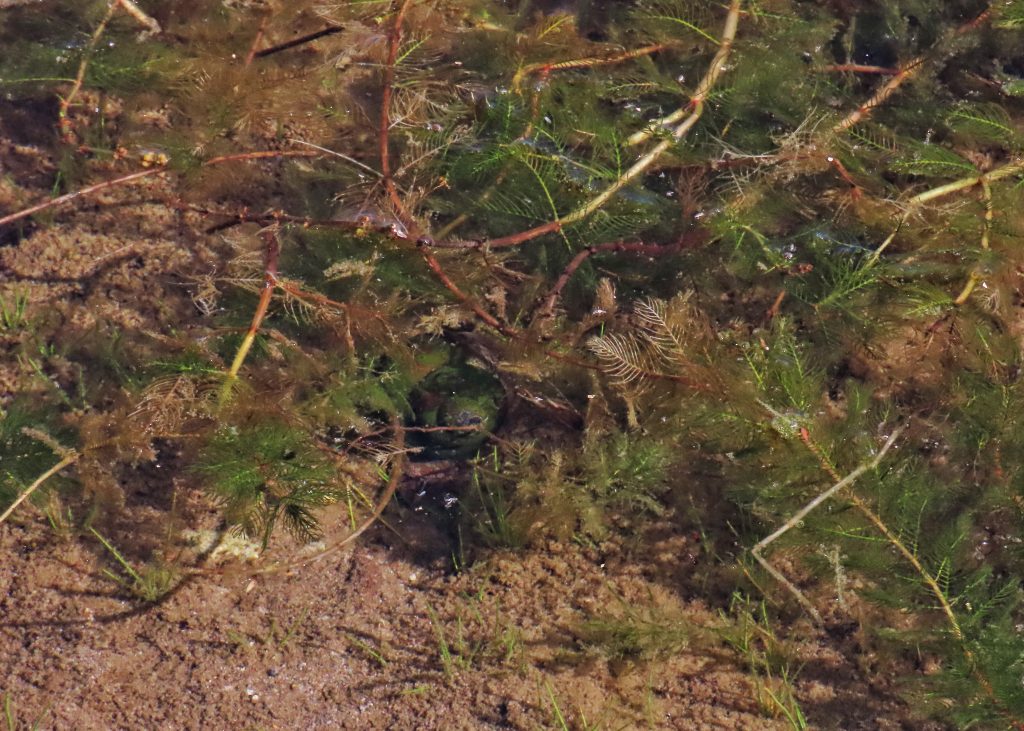
Eurasian Watermilfoil is fairly easy to recognize, with its feathery leaflets in whorls of three or four around the stem. The other milfoils it could be confused with all have less than 16 segments per leaflet, or the basal segments are nearly as long as the rachis (stem of the leaflet), whereas M. spicatum always has at least 20 segments and the ones at the base are much shorter than the rachis.
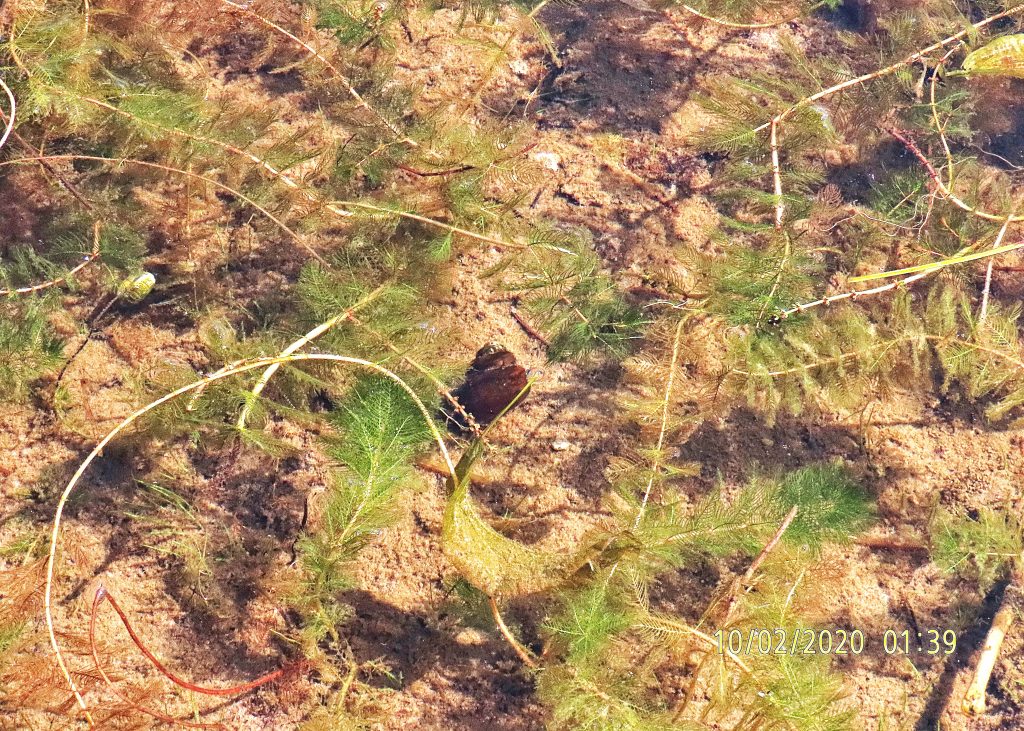
https://en.m.wikipedia.org/wiki/Myriophyllum_spicatum
https://www.invasive.org/alien/pubs/midatlantic/mysp.htm
https://www.nwcb.wa.gov/weeds/eurasian-watermilfoil
https://www.cabi.org/isc/datasheet/34941
https://en.m.wikipedia.org/wiki/Acentria
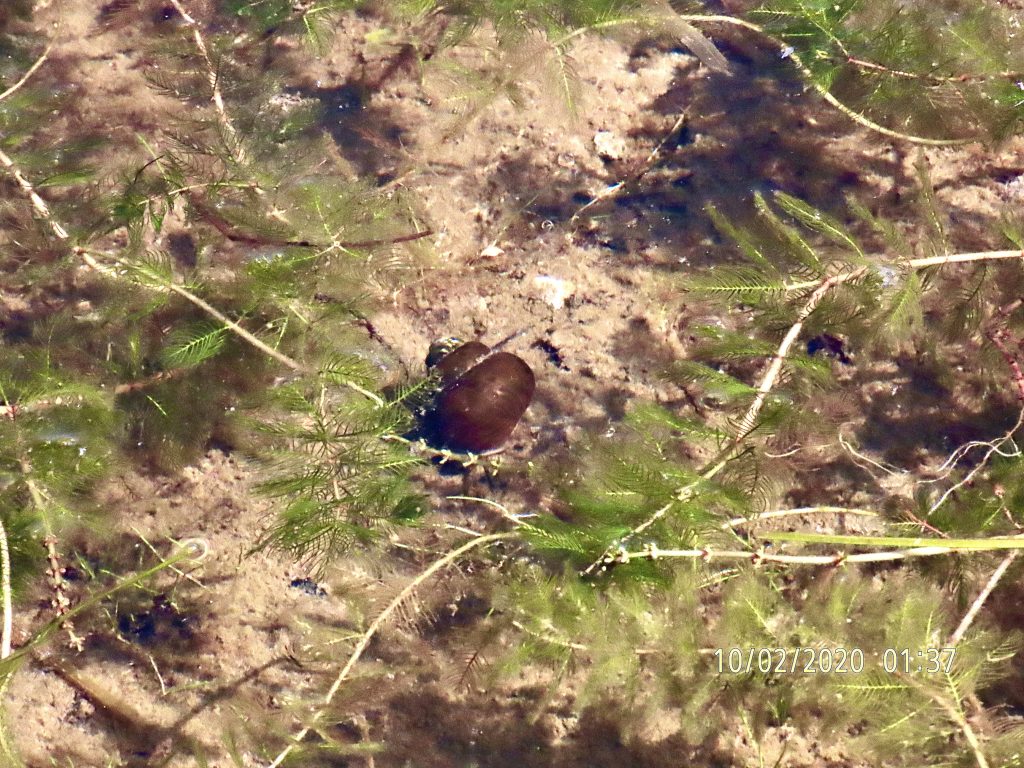
Interesting – had no idea it spread from people who were using it in their aquariums!